

Damion Smy
China bans Tesla-style door handles
42 Minutes Ago

News Editor
Chevrolet is farewelling its Camaro with a special edition paying homage to the pony car’s past.
The 2024 Chevrolet Camaro Collector’s Edition isn’t just a single variant. Instead, Chevrolet is offering it on LT/RS, LT1, SS and ZL1 models, in both coupe and convertible body styles.
All bar the ZL1 will be finished in Panther Black Metallic Tintcoat paint; the ZL1 Collector’s Edition is finished in Panther Black with a matte finish, the Camaro’s first ever from the factory.
Panther was the original code name for the first-generation model, though Chevrolet ended up using the Camaro name which it described as “a small, vicious animal that eats Mustangs”.
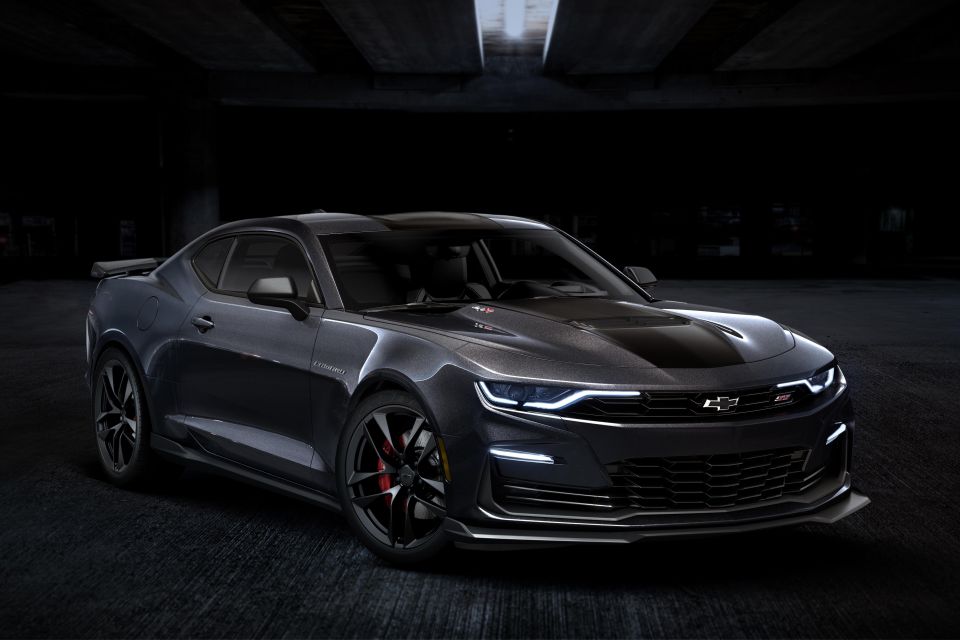
LT/RS, LT1 and SS Collector’s Edition models get Satin Black accent stripes, the front splitter from the 1LE package, the rear spoiler from the ZL1 (coupes only), and either Satin Black or optional polished forged 20-inch wheels.
Chevrolet says it’s building just 350 examples of the ultimate Collector’s Edition, based on the ZL1.
It gains the front splitter from the ZL1 1LE, as well its rear wing on coupe models. There’s also a black metallic stripe, red brake calipers, and black lug nuts complete the look, while inside there’s a serialised steering wheel badge.
All Collector’s Editions receive a black interior, special floor mats, and unique front fender badging with a panther, plus a panther on the steering wheel badge.
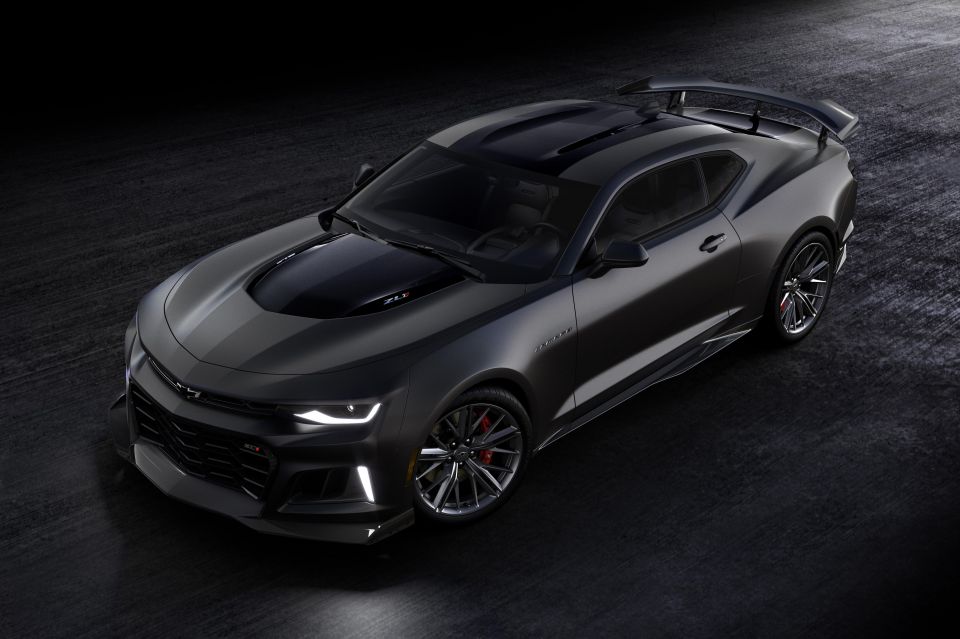
Buyers also receive a welcome kit with two posters commemorating the special edition plus all six generations of Camaro.
Only ZL1 buyers get a bespoke Canfield Sport 45mm watch from Shinola, which features an inscribed serial number and panther motifs matching that of their car.
With Chevrolet retiring the Camaro’s 205kW/400Nm turbocharged 2.0-litre four-cylinder engine for its final model year, available engines will consist of a naturally aspirated 250kW/383Nm 3.6-litre V6 (LT), an atmo 339kW/614Nm 6.2-litre V8 (LT1, SS), and a supercharged 485kW/868Nm 6.2-litre V8 (ZL1).
Chevrolet announced earlier this year it was retiring the Camaro once again, though it said without providing further details “this is not the final chapter for the nameplate”.
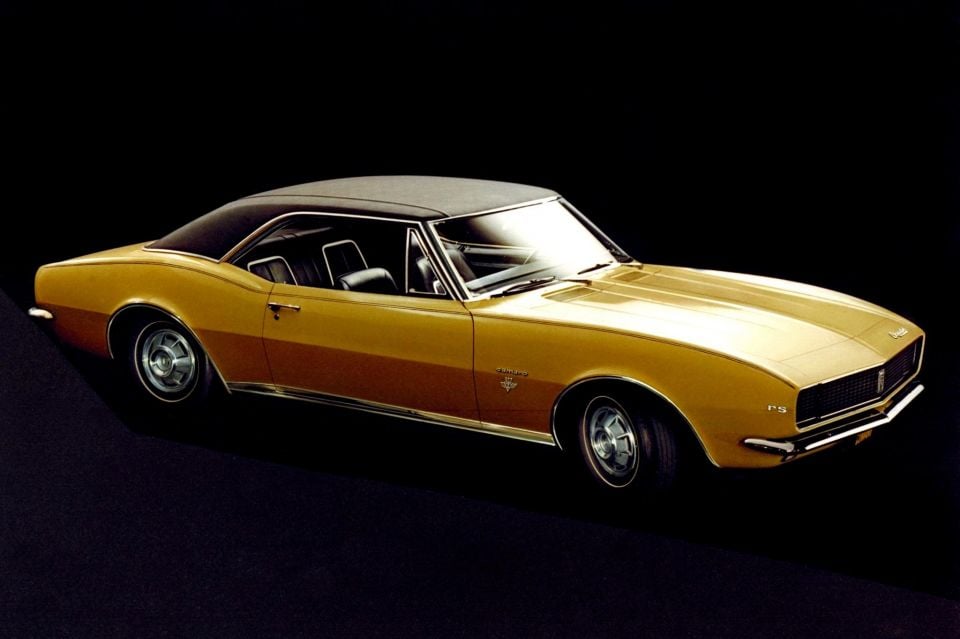

Production will end in January 2024.
The company had previously axed the Camaro in 2002, resurrecting it in 2009.
A report at the end of last year claimed GM is considering turning Camaro into a sub-brand with a pair of all-electric three- and five-door crossover coupes, which could later be joined by an EV sports car based on the same architecture as the Corvette EV.
While Chevrolet’s Corvair Monza helped popularise the small (by American standards) sporty car segment in the US, the Ford Mustang took charge of it when it debuted in 1964 – so much so that the segment became known as the “pony car” segment.
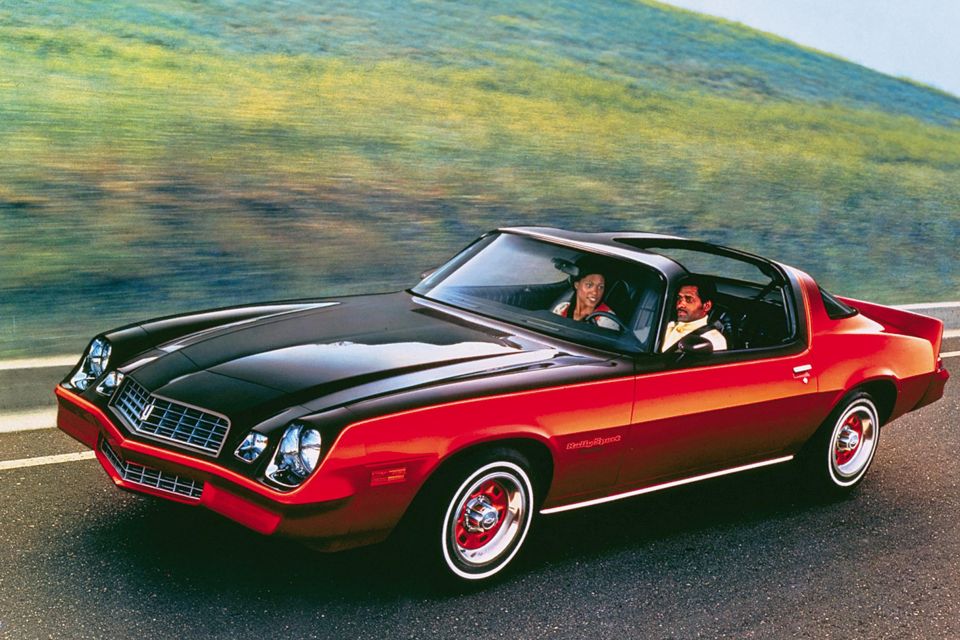
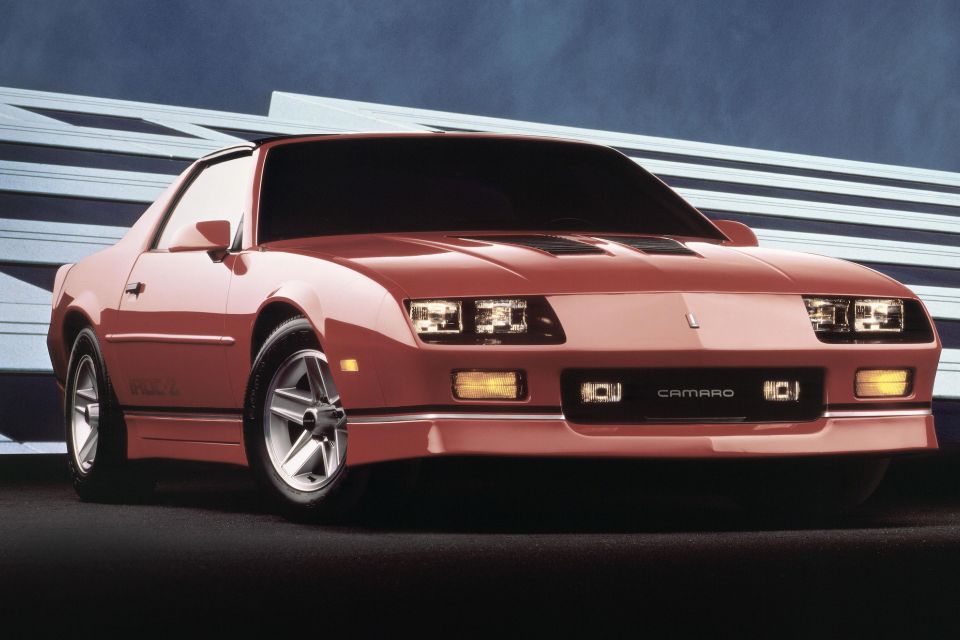
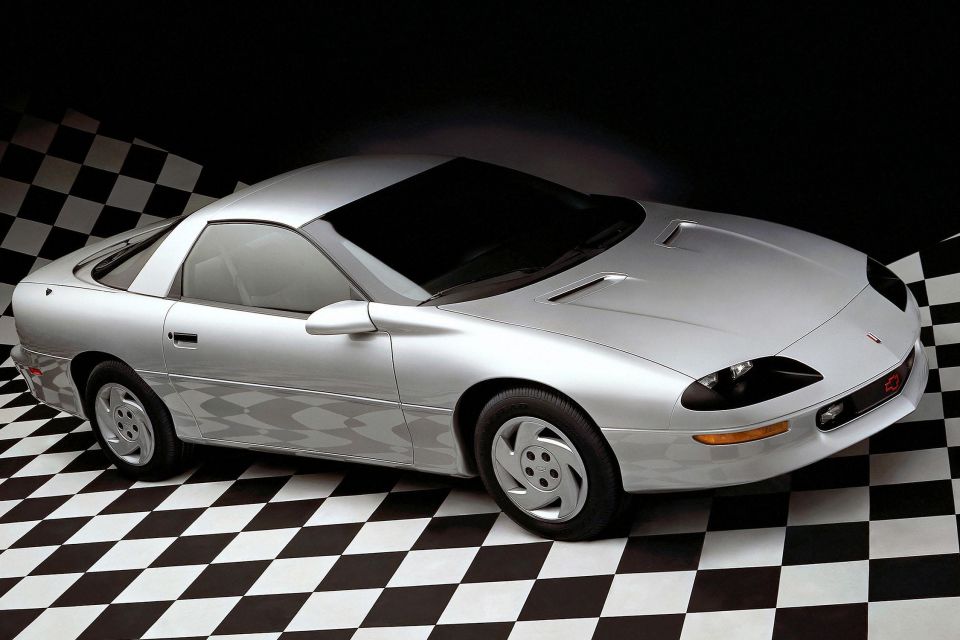
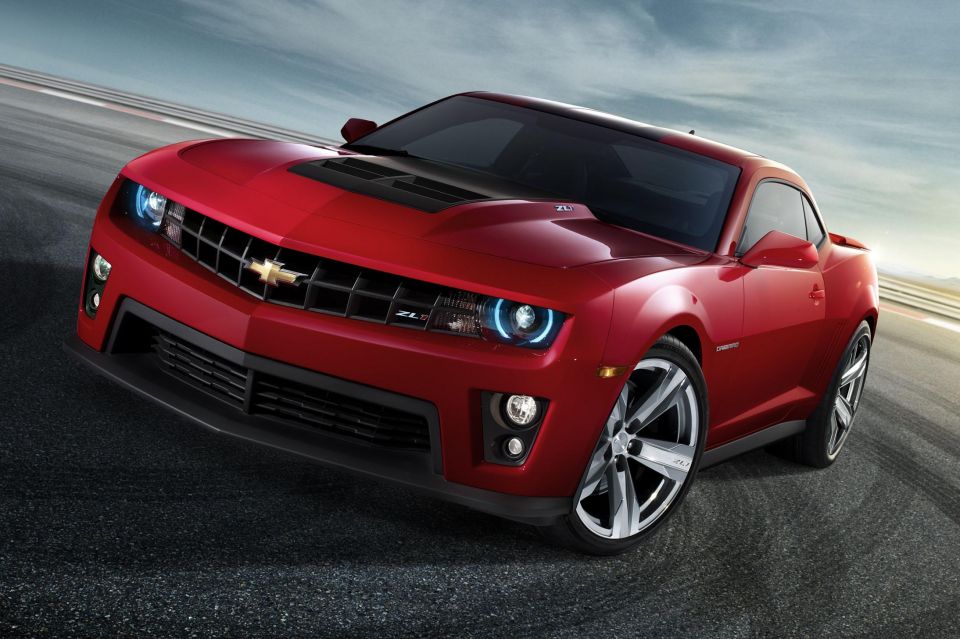
Chevrolet in turn whipped up the Camaro, using components from the Chevy II/Nova, much like the Mustang had been spawned from the humble Falcon. It debuted as a 1967 model.
The current sixth-generation Camaro was launched as a 2016 model, and is based on the Alpha rear-wheel drive also used by Cadillac for sports sedans.
In its homeland, sales of the Camaro have tapered off dramatically. Since the turn of the decade, it hasn’t managed to crack 30,000 sales, with just 24,652 sold in 2022.
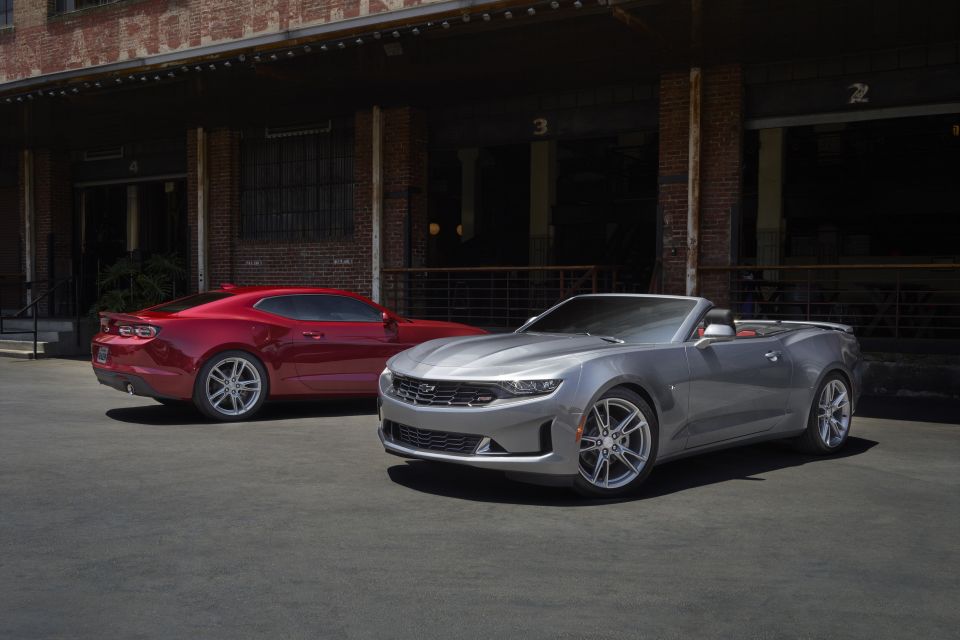
The Camaro’s decline isn’t isolated, though. The Ford Mustang has seen a similar drop, although off a higher base, and only managed to shift 44,332 units last year.
The other member of the pony car triumvirate, the Dodge Challenger, has actually managed to hold steady over the past decade.
Because of the sharp falls registered by its rivals, the Challenger – a larger, more spacious vehicle – actually ended up in first place last year with 55,245 sales. It’s also exiting production as Dodge readies an electric replacement.
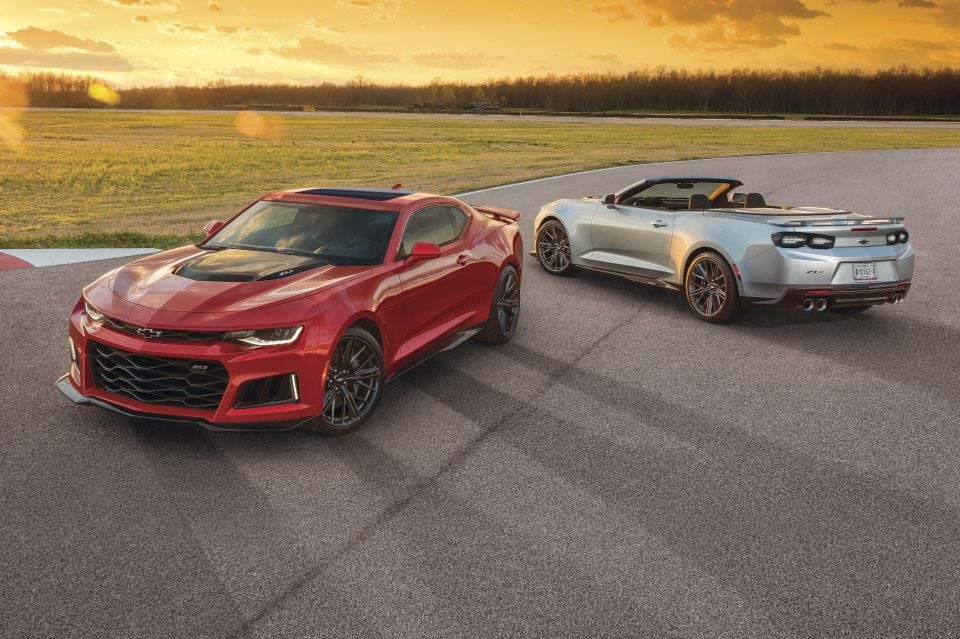
The Camaro was officially sold in Australia between 2018 and 2020, with conversion work done by Holden Special Vehicles. Only the coupe was offered locally.
When it was new, the Camaro SS with a 6.2-litre V8 and eight-speed auto had a starting price of almost $86,000 before on-road costs.
That put it at a severe disadvantage to the Ford Mustang, which was factory-produced in right-hand drive.
By comparison, a Mustang with a 5.0-litre V8 and 10-speed auto began at a shade over $66,000 before on-roads. Sales predictably reflected the price discrepancy.
MORE: A look back at the Chevrolet Camaro, the Ford Mustang’s nemesis MORE: Everything Chevrolet Camaro
Where expert car reviews meet expert car buying – CarExpert gives you trusted advice, personalised service and real savings on your next new car.
William Stopford is an automotive journalist with a passion for mainstream cars, automotive history and overseas auto markets.


Damion Smy
42 Minutes Ago


Damion Smy
2 Hours Ago


William Stopford
3 Hours Ago


Matt Campbell
11 Hours Ago


Max Davies
1 Day Ago


William Stopford
1 Day Ago